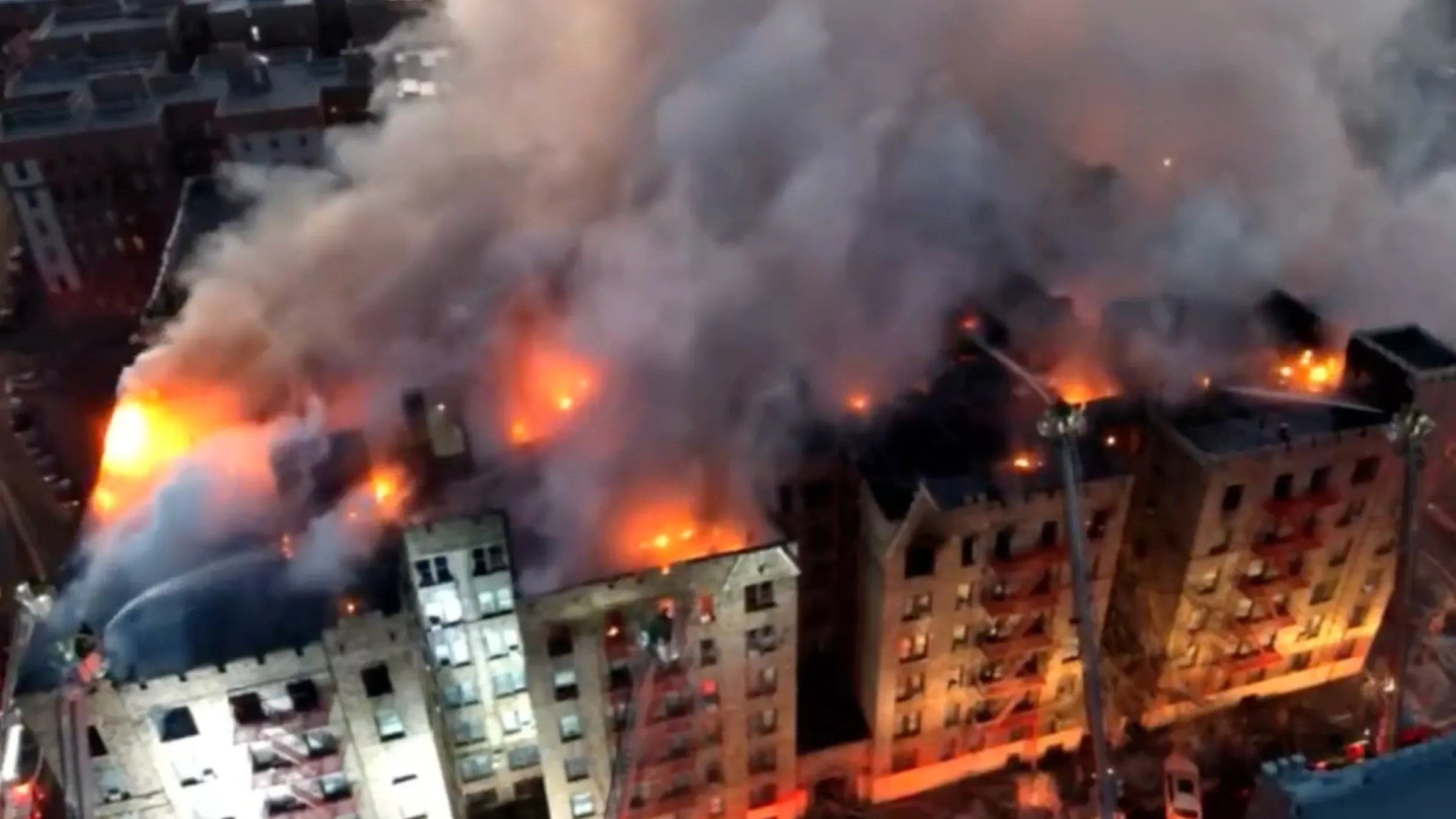New York Inferno: The City Faces Unprecedented Fire Crisis
In a shocking turn of events, New York City finds itself at the epicenter of a devastating wildfire crisis that is testing the limits of urban resilience and challenging long-held assumptions about fire safety in metropolitan areas.
The city that never sleeps is now battling an enemy it has rarely encountered before: widespread wildfires that are consuming vast stretches of urban and suburban landscapes. Since the beginning of November 2024, the New York Fire Department (FDNY) has responded to an alarming 271 brush fires in just two weeks, a number that has sent shockwaves through the community and raised serious concerns about climate change and urban preparedness.
The Perfect Storm of Environmental Conditions
A historic drought has created a tinderbox environment across the region, with meteorological data revealing less than half an inch of rain since September 29, 2024. The combination of unprecedented dry conditions and higher-than-average temperatures has transformed the city’s green spaces into potential fire hazards.
“We’re seeing conditions that we’ve never experienced before,” said Chief Michael Rodriguez of the FDNY. “The landscape is so dry that even a small spark could trigger a massive wildfire.”
Unprecedented Urban Wildfire Challenges
The crisis reached a critical point with a notable wildfire in Prospect Park, Brooklyn, which consumed approximately two acres – an event unprecedented in the city’s modern history. This incident highlighted the vulnerability of urban green spaces and the potential for rapid fire spread in densely populated areas.
Key challenges facing the city include:
- Extremely dry vegetation
- Limited firefighting resources
- Complex urban terrain
- Rapidly changing fire conditions
- Potential for quick fire spread
Regional Impact and Broader Concerns
The fire crisis extends beyond New York City, with at least 11 major fires reported from Boston to Virginia. The National Weather Service has issued critical warnings about dangerous fire weather conditions, emphasizing the need for heightened public awareness and preparedness.
Community and Institutional Response
In response to the crisis, the FDNY has taken an extraordinary step by launching its first-ever brush fire task force. Community organizations are simultaneously mobilizing to provide:
- Emergency shelter
- Resource allocation
- Community support networks
- Evacuation assistance
Climate Change: A Deeper Conversation
Environmental experts are sounding the alarm about the long-term implications. “These fires are not just an isolated incident, but a stark warning about the impacts of climate change,” noted Dr. Elena Martinez, a climate research scientist.
Human Impact and Resilience
Local residents are experiencing a mix of fear, uncertainty, and remarkable resilience. Many are questioning urban planning strategies and calling for more robust fire prevention measures.
Looking Forward: Preparation and Prevention
The current crisis has sparked critical discussions about:
– Increased funding for fire departments
– Urban landscape management
– Climate adaptation strategies
– Emergency response capabilities
Conclusion: A City Transformed
New York City stands at a critical juncture. The unprecedented wildfire crisis is more than a temporary emergency – it represents a fundamental challenge to how urban communities understand and prepare for environmental risks.
As flames threaten the city’s edges, New Yorkers are demonstrating their legendary resilience, adapting to a new reality where nature’s unpredictability cannot be taken for granted.
Disclaimer: This article is based on current reports and expert analysis as of November 2024.






Leave a Comment